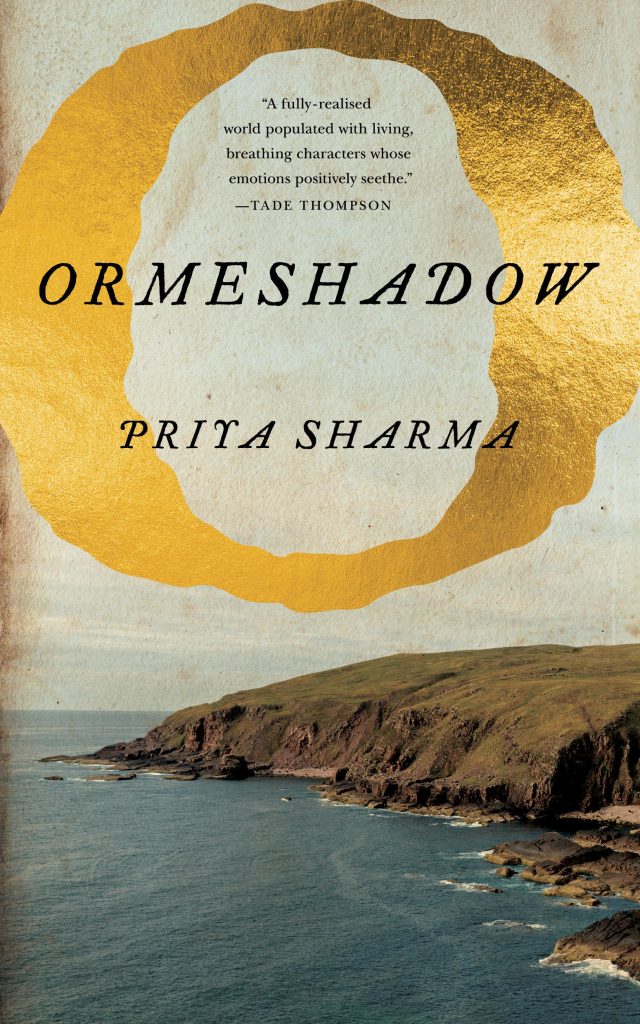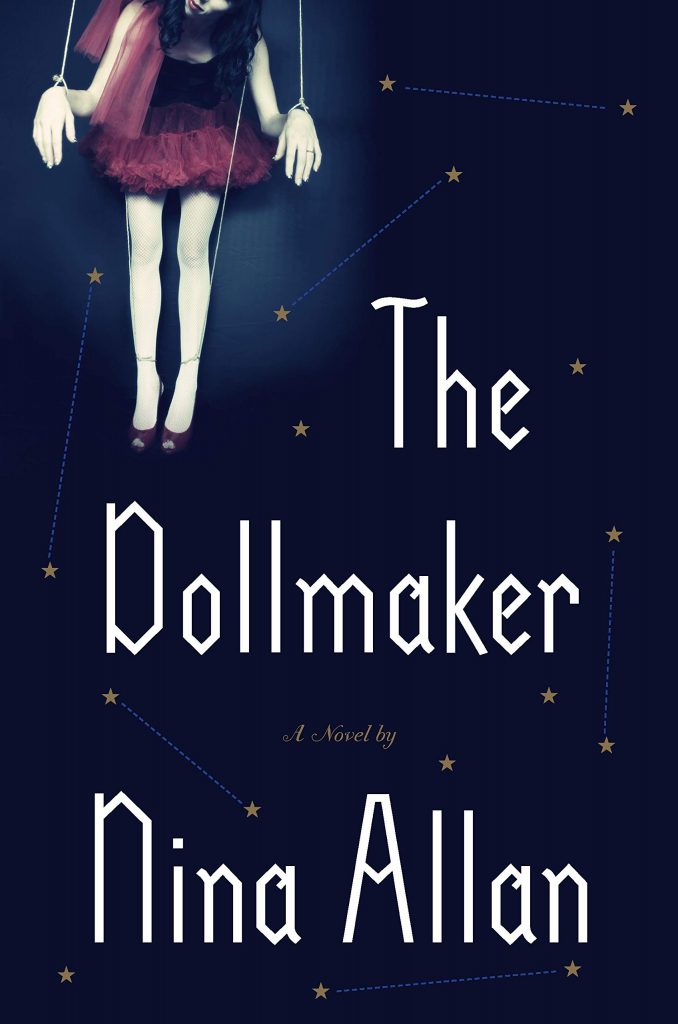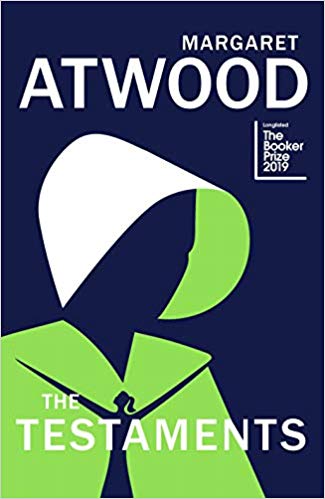Whilst the non-fulfilment of Boris Johnson’s ‘do or die’ pledge is being held up as one of those celebratory, gather-around-the-campfire moments we can all find some solace in, it has begun to feel increasingly to me like an evasion. I don’t want to say a pointless postponement because I’m hoping – along with millions of others – that this will not be the case, although what exactly I am hoping for becomes increasingly unclear. I’m a staunch Remainer who has come to distrust the word, not only because of the way it has been turned into a slur by the hardline Right, but also because of the way it sorts me into a camp, pitting me against others rather than allowing me to talk with and try to understand them.
I feel contempt and anger for the lies spread about by the ultra-Leavers, not just the lies about Remainers and how we’re all about corporate capitalism but the still more damaging lies about immigration, about what a trade deal with Trump’s US, for example, might actually look like, what it would inevitably do to the social and environmental fabric of the country those behind the Leave campaign believes they are being so vigorous in defending. Not that we’d be offered such a trade deal, except on terms so mortifying I’d hope even the ur-Slytherin Dominic Cummings wouldn’t dare to advocate for it, but still. The Remain campaign though – as throughout the referendum itself – seems to have become increasingly self-righteous, increasingly divisive, increasingly intolerant, with this week’s meltdown in the People’s Vote ranks being only the most recent example.
We have a breathing-space extension to the Hallowe’en Extension, great. But with a scant six weeks between December 12 and January 31 and with Christmas and Hogmanay slap in the middle, where exactly is the upcoming general election going to land us?
In an era where the very idea of the nation state is going to become increasingly irrelevant, we need Corbyn’s policies, need them badly – but with the deep seam of intolerance, secrecy, gaslighting and reverse-bigotry splitting the heart of Corbyn’s Labour, I can’t imagine the circumstances under which he’d be able to deliver on his manifesto or even be capable of holding a government together. What we need is not ideology but caution, tolerance, above all far-sightedness. My own electoral dilemma is easily solved, because I live in Scotland. I’ll be voting SNP no matter what, for their policies on education, health and social care and for their solidly progressive green agenda as much as for their stance on Scottish independence. But when I begin to get the sense that the only power we have up here is to shore up the metaphorical Hadrian’s Wall we have built for ourselves through our SNP mandate, that is not a good feeling. What might be coming for us from down south? Johnson’s contempt for – or indifference towards, depending on how you interpret it – Scotland is self evident, but then Corbyn sees us only as a bolt-on, another bloc vote to be corralled and subdued. (Some chance.)
I have no answers, only more questions. Not a comfortable feeling but perhaps that’s as it should be. On the up side, it is Hallowe’en, the last bright blaze of autumnal fire before the frosts of winter (although we’ve already begun with the frosts up here, thanks). So let’s gather around that camp fire and tell some ghost stories.
*
I read this article about the resurgence of witchcraft in literature just before the Worldcon and found a lot to think about. Witches do seem to be having a moment right now, which is a good thing, not least because witches are far more interesting in terms of story than vampires or zombies. Dare I say they bring us hope, a sense of something vital and necessary and important to our society. I agree wholeheartedly with Cosslett, that the witch is well worth celebrating and exploring both as a symbol of women’s power and resistance to tyranny as well as a deeply rooted aspect of fairy tale and mythology. The witch is currently in the ascendant, and goddess knows we need her. But on this day of all days, we would do well to remember the reality of what the word ‘witch’ can mean, not only for the women of centuries past but still – sometimes, some places – today. The word witch has not only been a slur, it has been an accusation, a means of control, a name for hatred, a prelude to imprisonment, torture and government-sanctioned murder. Some of our witches are still fighting to be remembered, to be seen in the eyes of the society that condemned and killed them.
And we should also remember not all of them were women.
Let’s light a Hallowe’en candle for the witch still living in fear as well as for those celebrating the timely revival of all the downtrodden voices they represent. In her superb poetry collection WITCH – my standout discovery from Cosslett’s piece in the Guardian – Rebecca Tamas has done just that. This cycle of poems draws inspiration from all aspects of witchcraft – the traumatic, the incandescent, the morally ambiguous, the self-renewing – to present a blisteringly brutal revelation of what the word means. I’ve been reading a lot of poetry in 2019 (bonus recommendation: Fiona Benson’s luminescent Vertigo and Ghost, which is also quite witchy) and WITCH looks like being one of my favourite books of the year.
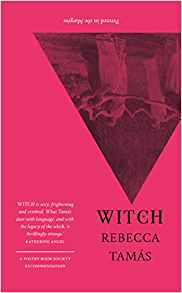
With the witch renaissance in full flower, there’s no shortage of crafty book recommendations for All Hallows Eve. Firstly, I’d like to focus attention once again on Sarah Maria Griffin’s Other Words for Smoke, which in terms of modern representation of witches is as powerful as anyone could hope for. The language is gorgeous and the story is compelling, the world evoked both terrifying and beautiful. I loved this book, which deserves to become as famous as Alan Garner’s The Owl Service (which is equally to be recommended and definitely witchy).
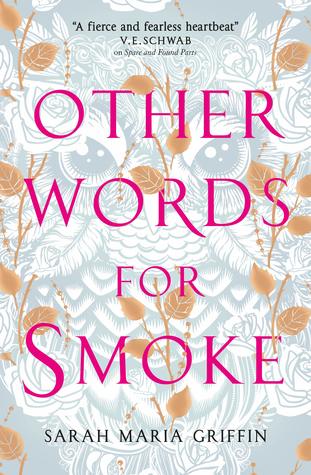
If you haven’t caught up with Catriona Ward’s Shirley Jackson Award-winning, British Fantasy Award-winning second novel Little Eve yet, let tonight be the night. Ward has a phenomenal talent, her feel for language so steadfastly in service of her riveting plotlines as to be inseparable from them. I read this book in a single sitting and found it genuinely chilling. Knowing that Ward is currently at work on a new book makes it doubly exciting to revisit this one.
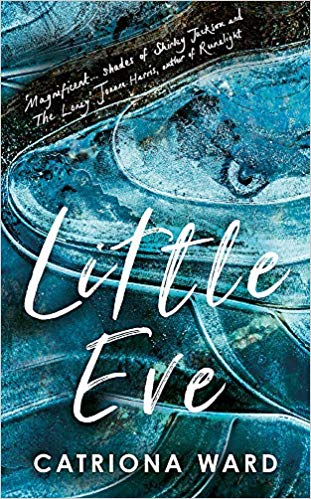
If you’re already fed up with the cold, and enjoy a generous leavening of metafiction with your horror (I know I do) then William Gay’s masterful Southern Gothic Little Sister Death is your perfect match. I cannot overstate how much I loved this book, how closely it’s stuck with me since. The first chapter is one of the most exquisite feats of suspense writing I’ve ever come across, and the novel as it progresses does not renege on this initial promise. Like Little Eve, this is a story of cults and kinship and buried truths. It is also a novel about the implications and possible dangers of rooting out those truths. It’s a book about writing, and writing horror in particular. Little Sister Death is not just for Hallowe’en, she’s with you for life.
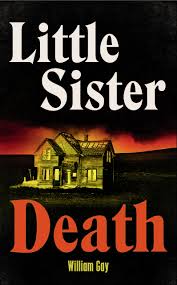
If you’re off to a Hallowe’en party and don’t have time to read a complete novel this evening, I would recommend you get yourself into the groove with a story or two from Georgina Bruce’s collection This House of Wounds. I’ve not quite finished reading it yet, but oh my goodness, this is something special. I don’t normally go in for these kind of overly simplistic comparisons but Bruce’s writing truly does read as if Eimear McBride and Livia Llewellyn had a baby! Bruce has been gradually building her reputation in weird short fiction for some years now and this collection marks a significant staging post in her career. The stories in This House of Wounds are richly allegorical, formally innovative, thought-provoking and ambiguous. All the things I love, in other words. If this isn’t on every awards ballot next year then the witches will be rising in rebellion…
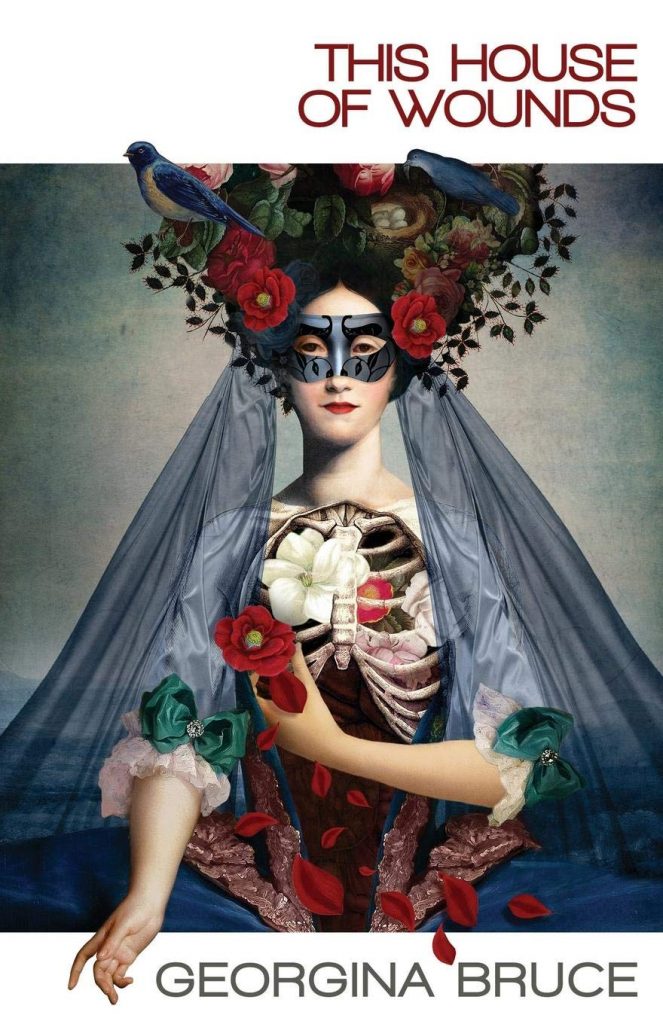
If you’re heading to the cinema in search of Hallowe’en hell-raising, forgo the seasonal shlock-fests and reboots (fun though they always are on an evening like this) and go see Joker instead. ‘S all I’m saying.
For some musical accompaniment on your nightly revels, might I be so bold as to offer you this – a playlist for The Dollmaker that I recently compiled for largehearted boy. This is more wistful, mist-ful Hallowe’en than your full John Carpenter, but there are some ghosts here, some dark and twisted tales, an elf-queen or two. I loved picking out the tracks for this and I think that taken together they do convey something of the strangeness and longing that lie at the heart of Andrew and Bramber’s search for one another. I hope you enjoy them.
For me, it’s Cabin in the Woods (again) and a dram of single malt. Happy Hallowe’en!
